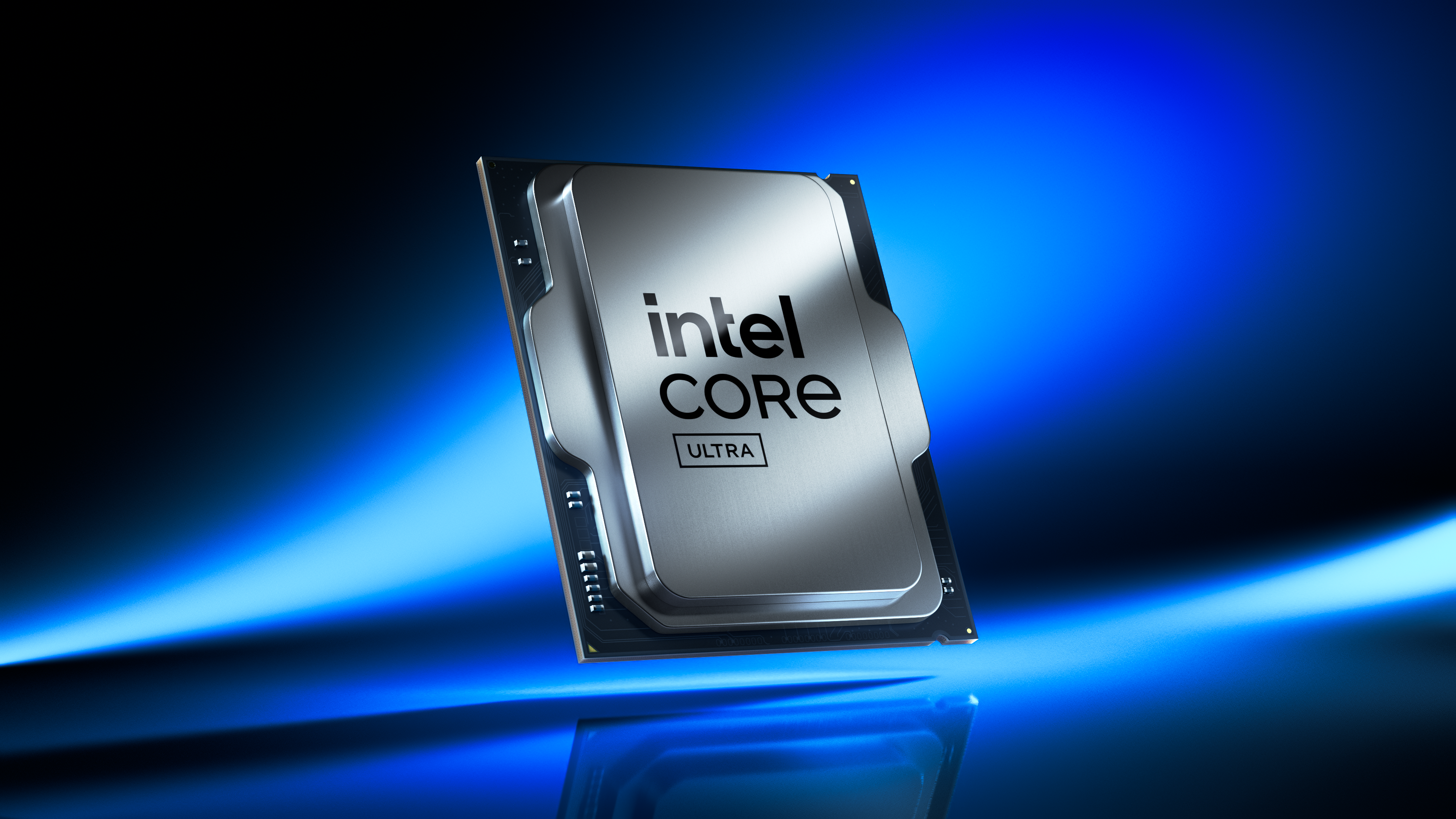Intel has annouced its Core Ultra 200S gaming processors, the successor to the Intel Core i9-14900K that launched back in 2023. Instead of being pure gaming chips like their predecessors, though, this lineup, known as Raptor Lake-R, is working NPUs (Neural Processing Units) into the chips for the first time in a desktop processor.
Don’t expect these processors to be way faster than their predecessors, though. Intel is selling these chips on lower power consumption and temperatures, a similar approach to AMD Ryzen 9000 processors. Even with lower power, Intel is claiming performance parity with its previous generation CPUs in most cases, and it should even pull ahead in some games.
These processors are led by the Intel Core Ultra 9 285K, a 24-core processor with 8 Performance Cores and 16 Efficiency Cores. Unlike its predecessor, however, Intel did away with Hyperthreading in the Performance Cores, leaving the Core Ultra 9 285K with 24-threads. Intel is also including a 13 TOPs (Trillion Operations Per Second) NPU in each of its Raptor Lake-R processors. This is the same NPU found in 2023’s Meteor Lake, and should help with AI workloads when your graphics card is occupied – like in gaming.
The Intel Core Ultra 200S processors are available October 24, 2024. I went ahead and listed the specs of each processor below.
Power Cycling
These Intel Core Ultra 200S processors are yet another launch doubling down on the idea of an AI PC. Each of the processors in this lineup are sporting the same NPU, rather than adding more CPU cores, which would be more meaningful for gaming performance. Intel is betting on AI workloads being a big thing for enthusiasts and gamers, which is already true to a point, but on desktop the need for an NPU is already being filled by graphics cards.
That’s largely why Intel limited the NPU in these processors to the 13 TOPS found in 2023’s Meteor Lake. It’s not fast enough to qualify for Microsoft’s Copilot+ platform, which requires 50 TOPS, but Intel is counting on the idea that anyone who buys one of these processors will be pairing it with a discrete GPU, which are capable of hundreds of TOPS of AI performance. But given that, why include an NPU at all?
Well, Intel is betting that games are going to start working AI into their engines in a bigger way, and its inclusion of an NPU is a way to take some stress away from your graphics cards, in the hopes of giving back a few frames per second. There are already movements in the direction Intel is suggesting – Nvidia is working on myriad ways to implement AI into game engines for everything from game help to dialog. And as with all new technology, any hardware that can accelerate these workloads is going to be a welcome fit.
Only time will tell if focusing on AI performance is going to be worth it. After all, Intel got into some hot water lately for a microcode bug that caused its 13th- and 14th-gen processors to cook themselves with too much power. It’s likely that’s a large reason why Intel is focusing on reining in power consumption with these processors. Only time will tell if trading better raw performance for better efficiency is going to be worth it – I’ll have to get these chips in the lab to see how they perform. Stay tuned.
Jackie Thomas is the Hardware and Buying Guides Editor at IGN and the PC components queen. You can follow her @Jackiecobra










